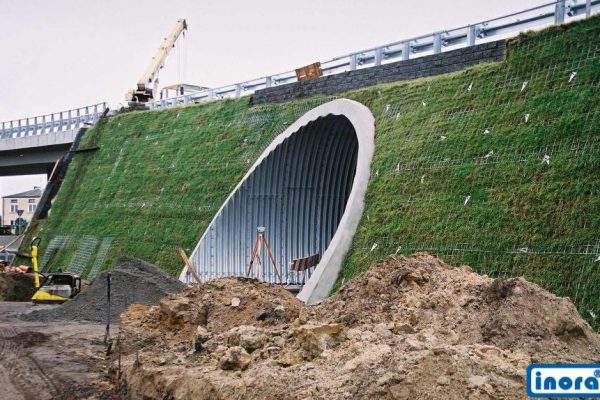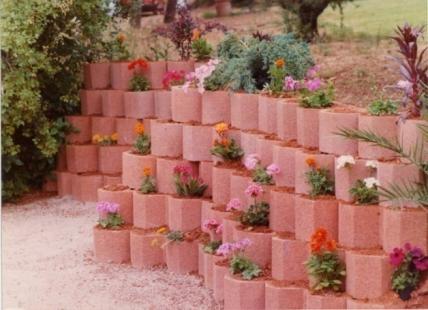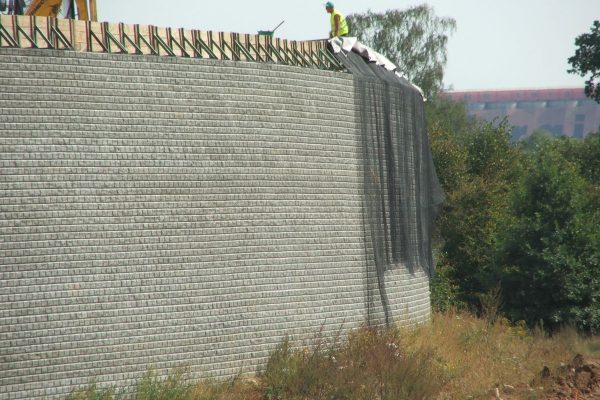
Retaining wall systems
Depending on the character of work of the facade block in the retaining wall, we can select two systems: passive and active.
Depending on the character of work of the facade block in the retaining wall, we can select two systems: passive and active.
In the passive system, the face of the retaining wall is only a finishing element, giving the final form and shape of the structure. The block from the reinforcement earth creates an independent structure, due to the separation of the reinforcement inserts inside the embankment from the inserts anchoring the face of the retaining wall.
Technology of retaining walls reinforced with geosynthetic materials finds wide application in:
Retaining walls in technology of earth reinforced with geosynthetic material provide the flexibility for selection of facing elements. Investors and designers can select out of many available technologies.





